Boat transportation by HIAB truck
Another special boat transportation task this week for Phelan Haulage as we launched this ocean rowing vessel, part of the Northwest Passage Expedition, into the North Sea at Eyemouth.
Moving a large boat by road can present unique logistical challenges, due to the size and weight of the vessel. From navigating narrow roads and tight curves to avoiding power lines, bridges and other obstacles, successful transportation of a boat requires an experienced team well-versed in the process. The biggest problem when transporting boats on roads is making sure it complies with safety guidelines and regulations in order to avoid potential accidents. If any part of the vessel extends beyond the legal limit while travelling on public roads, penalties may be incurred. Furthermore, special care must also be taken when transporting boats on trailers as sudden braking or sharp turns can cause damage to vehicles and endanger nearby pedestrians. It’s therefore essential that truck drivers are fully trained in hauling large loads before they take to the road.
You can see a gallery of the move below:
The Expedition
In 2023 an international team of adventurers and ocean rowers will attempt to row the Northwest Passage, the arctic route between the Atlantic and Pacific Oceans considered the Last Great First. This expedition is only possible because the regions climate is changing, and the sea ice is retreating each year gradually opening the route from July to September.
The expedition will follow the 3,700km arctic route from Baffin Island, Canada, to Point Barrow, Alaska and will draw attention to the changing environment, collecting meaningful data for climate scientists at New York University and Big Blue Ocean Cleanup.
The History of the NWP
The search for the Northwest Passage began in the 15th century, as Europeans sought a route to Asia for trade.
Over the next centuries, some of the western world’s best explorers attempted the route. Every one of them was foiled by the brutal conditions and the enveloping ice. The area was eventually mapped by the likes of the Hudson Bay Company and the existence of a route began to fall into doubt after so many failed attempts to locate it.
Then, in the 1860s, the Orcadian John Rae, hiking overland, finally found a sea route from the Atlantic to the Pacific in the 1860s. It was not until Roald Amundsen set out in 1903 that the route was finally navigated in a journey that took 3 years, due to the continually freezing ice. In 2022 the NWP Expedition plans on being the first to row the passage.
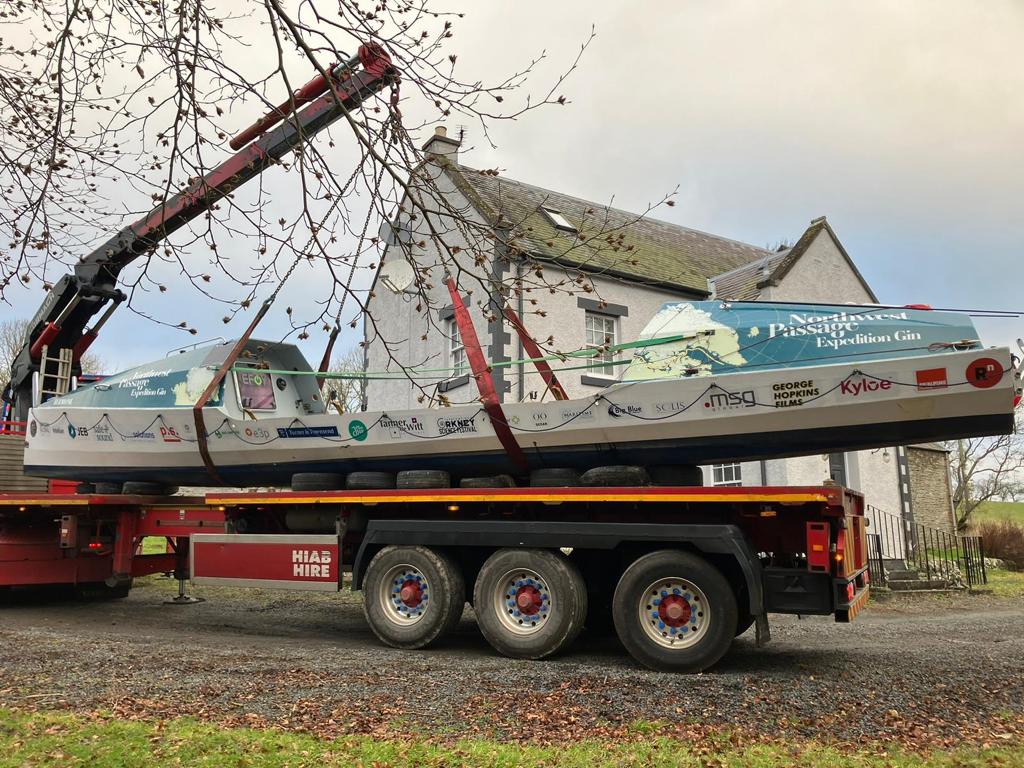
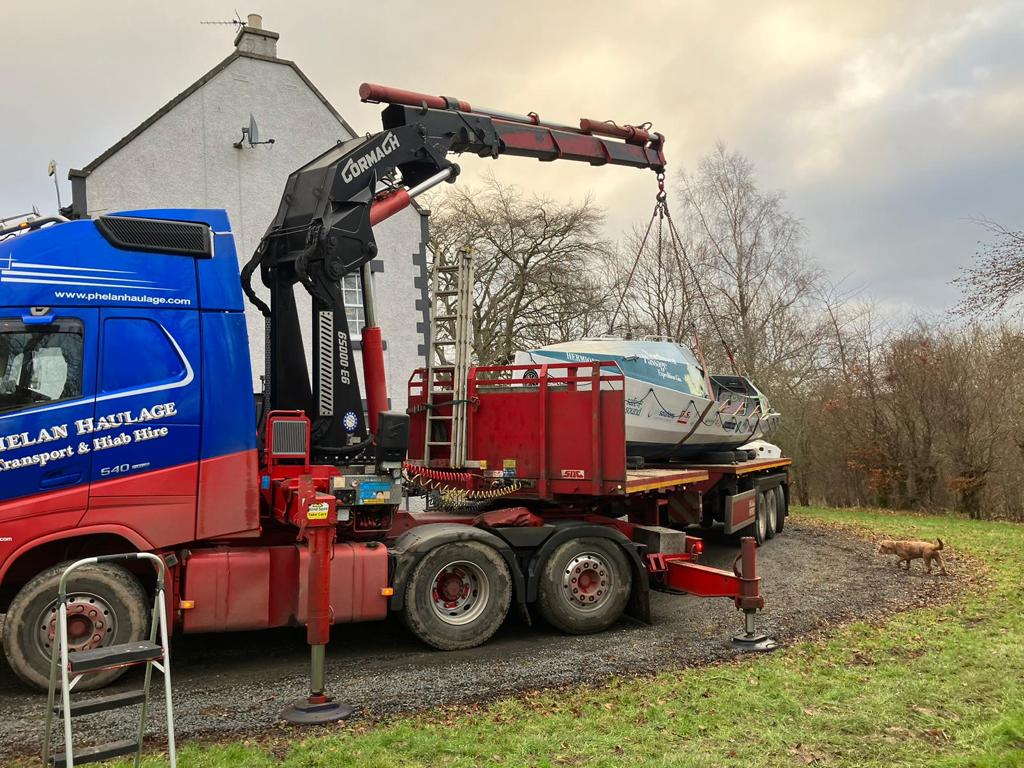
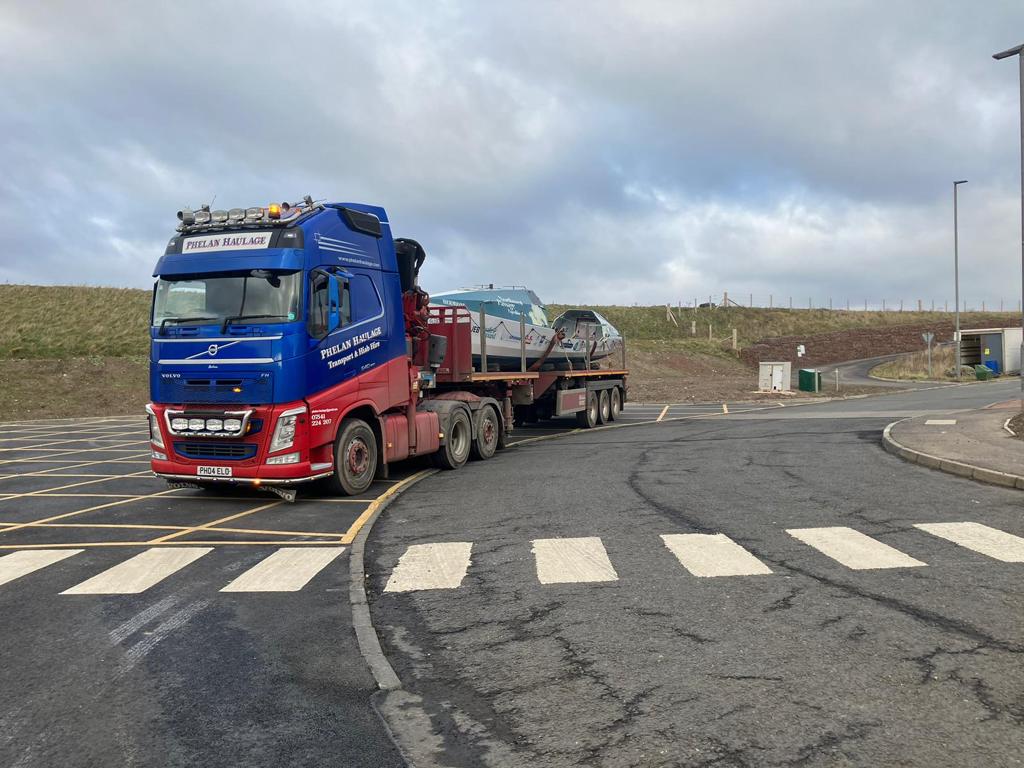
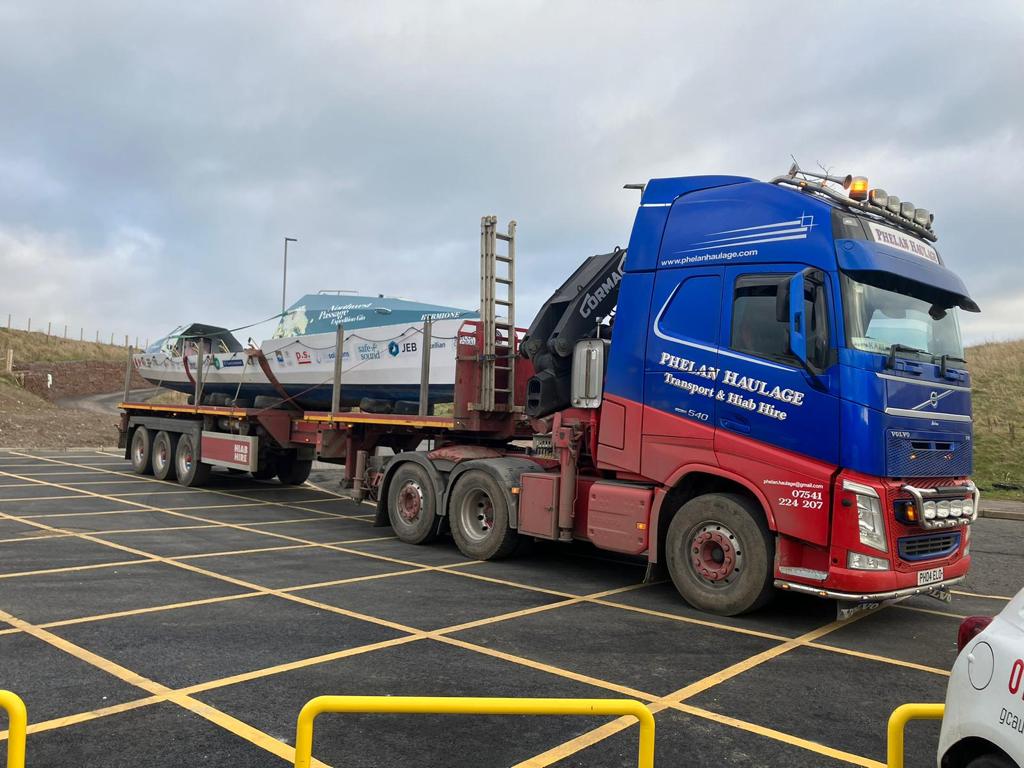
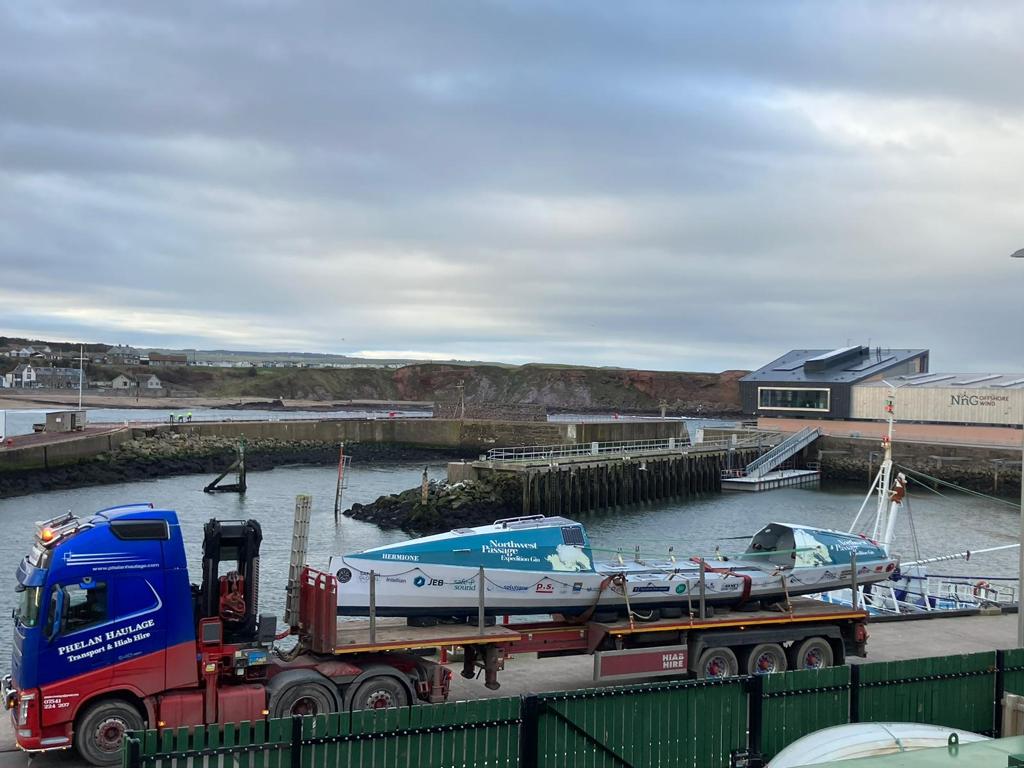
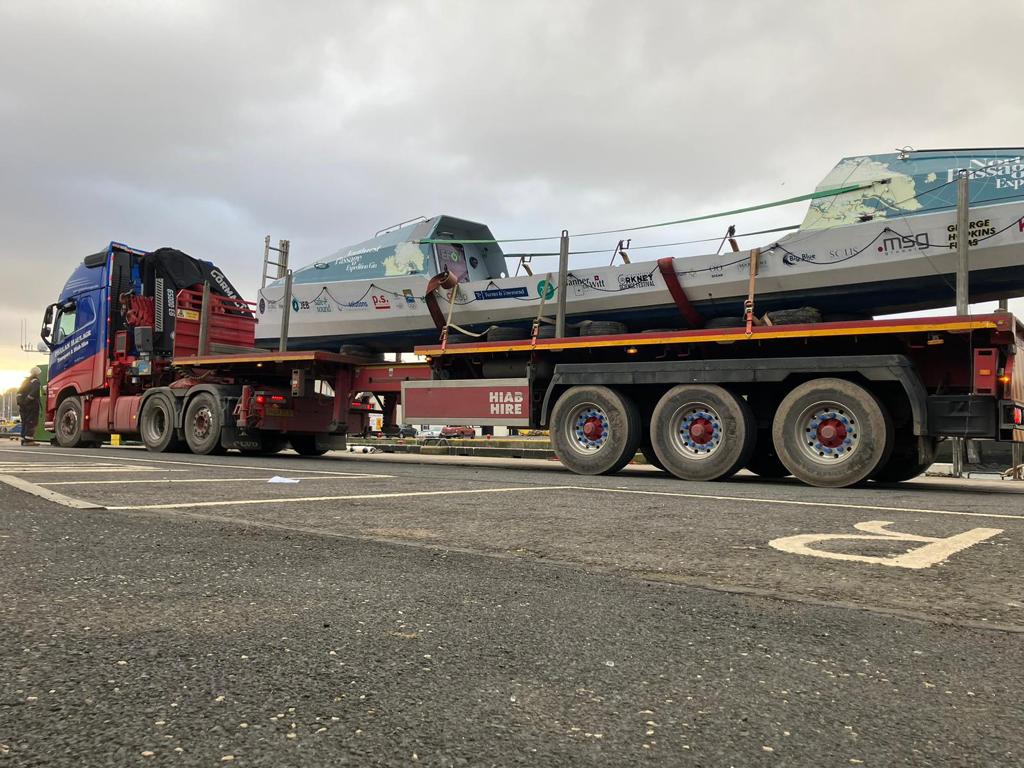
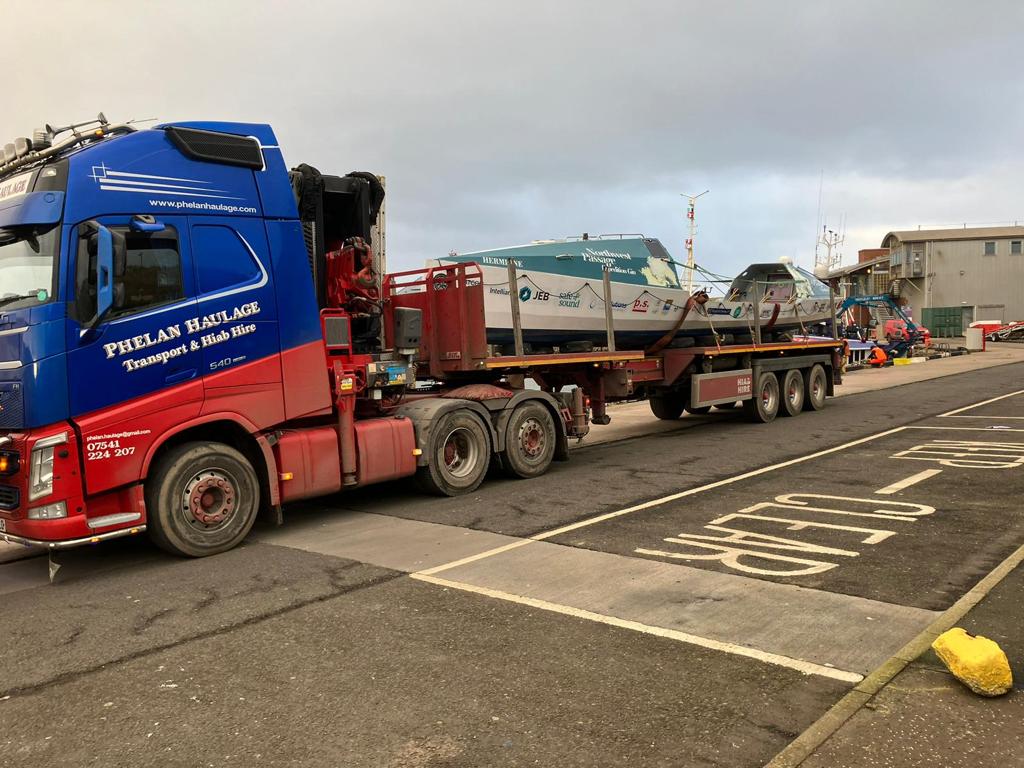
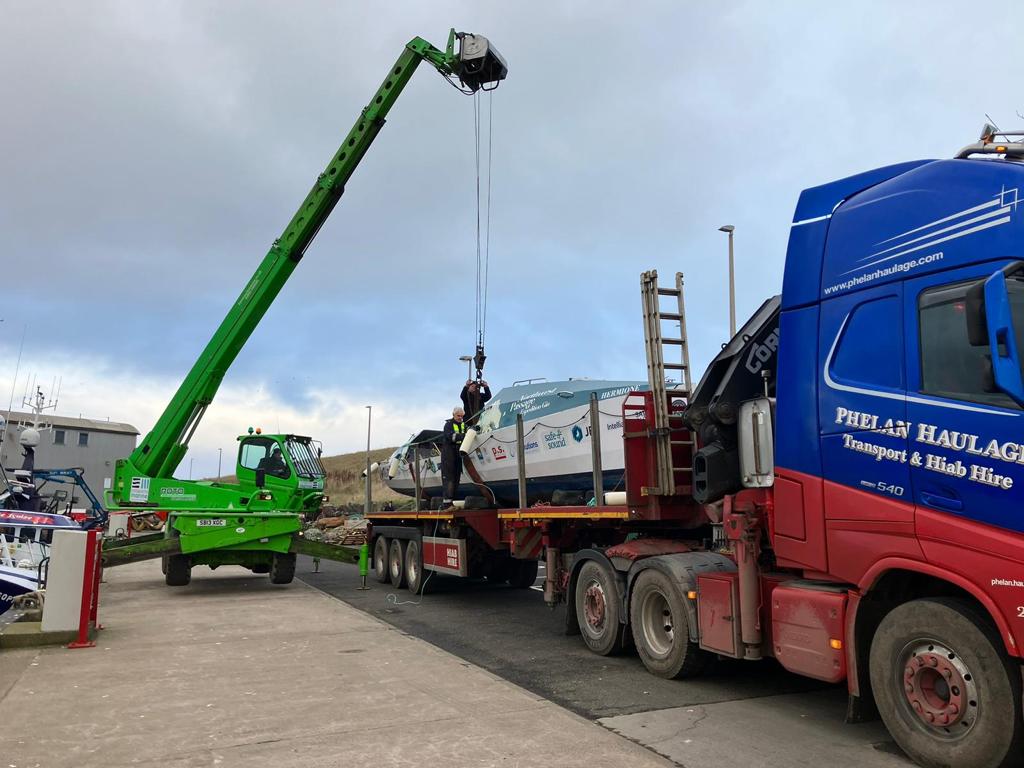
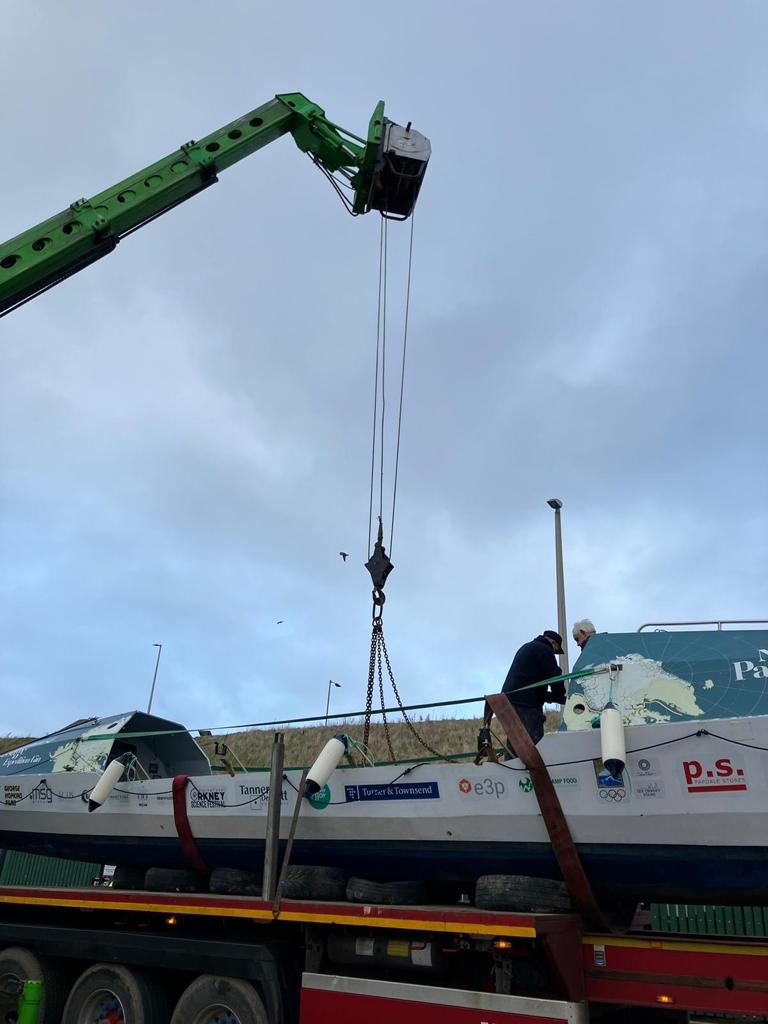
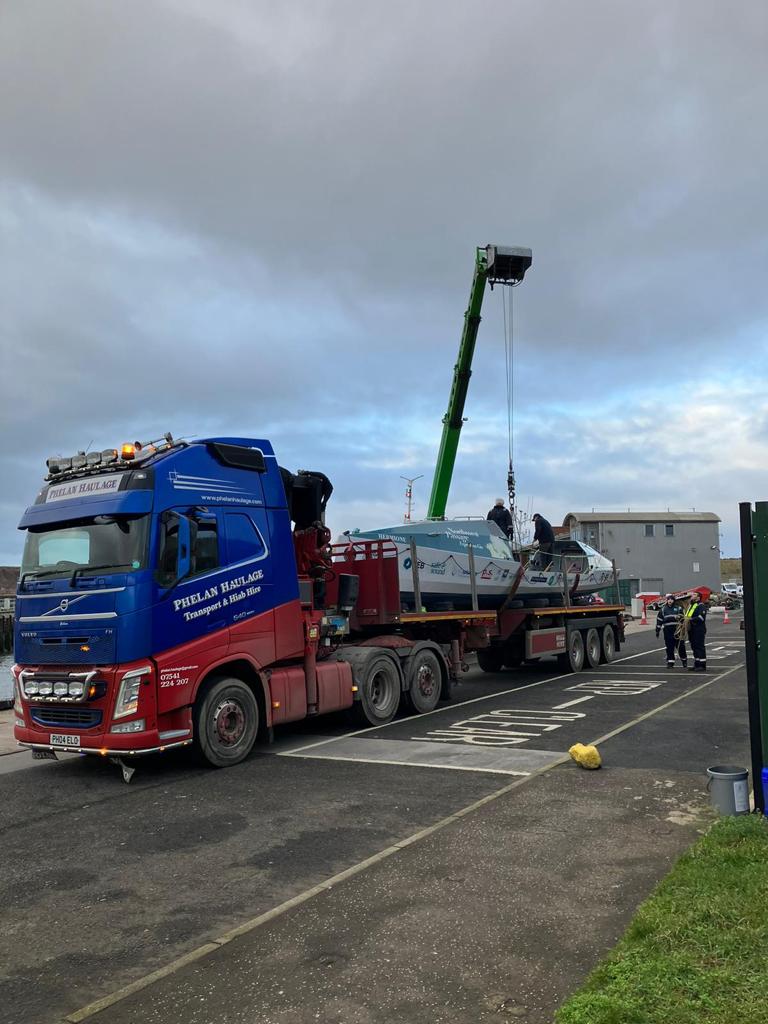
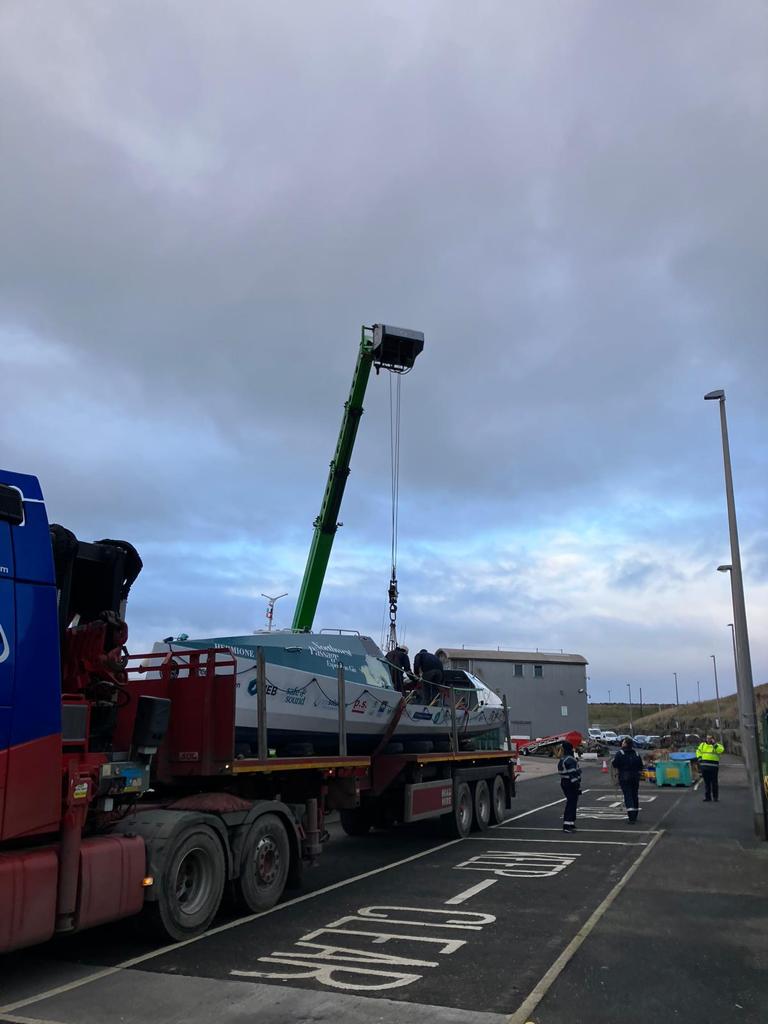
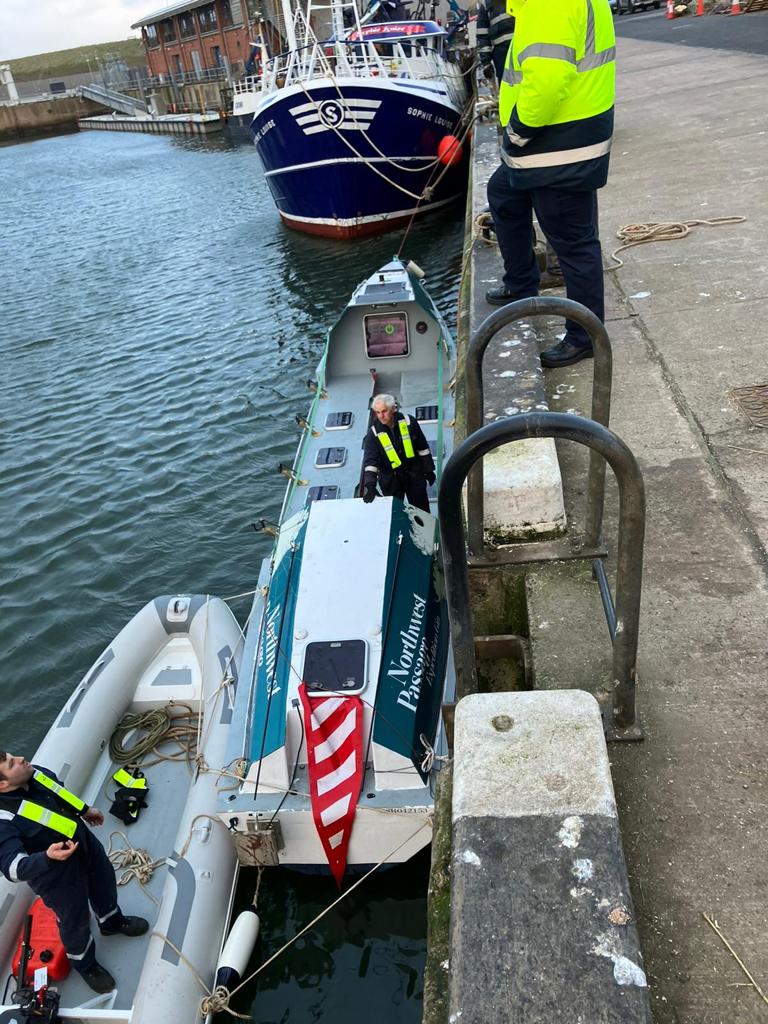












One Comment